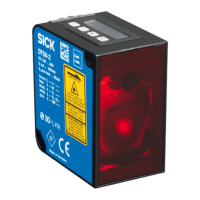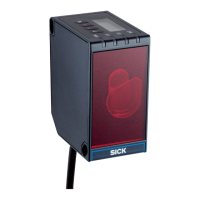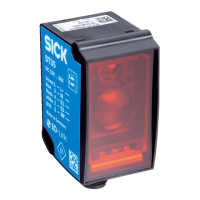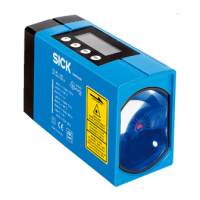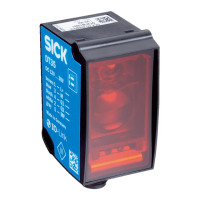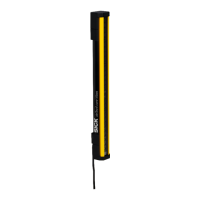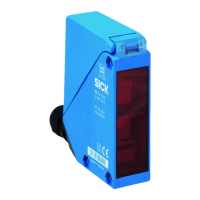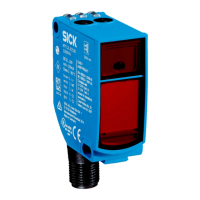5 Mounting
5.1 Mounting procedure
1. Choose a mounting site, bearing in mind the mounting instructions see "Mounting
instructions", page 31.
2. Select and mount the reflector (only for DL1000) see "Select and mount the reflec‐
tor (DL1000 only)", page 33.
3. If necessary, mount additional filter, "Mounting instructions", page 31, see
"Mounting/Disassembling additional filter", page 34.
4. Mount alignment bracket and distance sensor, see "Mounting the alignment
bracket and distance sensor", page 37.
5. Make the electrical connection, see "Electrical installation", page 42.
6. Align distance sensor, see "Aligning distance sensor", page 39.
5.2 Mounting instructions
•
Observe the technical data.
•
Protect the sensor from direct sunlight.
•
To prevent condensation, avoid exposing the device to rapid changes in tempera‐
ture.
•
The mounting site has to be designed for the weight of the device.
•
A weatherproof housing that reliably protects the device from dust, direct sunlight,
and precipitation is to be used for mounting outdoors. Information about available
protective housing options: "Accessories", page 108.
•
The device must be protected from impacts, vibrations, the effect of shocks, and
other mechanical and chemical influences.
•
A sufficient level of cooling using ambient air/convection and/or heat dissipation
through mechanical mounting must be ensured. Observe the permitted operating
temperature, see "Ambient data", page 104.
•
DT1000: With high-temperature applications ( typically > 1,200 °C) when the
“Ambient light” warning or error occurs: use optional additional filter for high-tem‐
perature applications (part number 2088511). Observe maximum object tempera‐
ture, "Performance", page 95.
•
Observe the data sheets of the connecting cables in particular in relation to ambi‐
ent temperature and UV resistance. If necessary, protect the cable when laying.
•
Provide a loop in the infeed so water can run off and is not led to the plug connec‐
tors.
•
Observe the zero point of the distance measurement, "Design", page 15.
•
Installation direction: any
•
Operation: Only when screwed in place or when there is a stable base under the
device, otherwise a risk of tipping exists.
•
Measuring object size (DT1000): The performance data specified in the technical
data requires the measuring object (natural object) to be at least the size of the
light spot and the measuring laser to hit the measuring object completely. Remis‐
sion: see "Technical data", page 95.
•
Measuring object size (DL1000): The performance data specified in the technical
data requires the measuring laser completely hit the measuring object (reflector).
For distances for which the light spot is larger than the reflector specified for this,
the measuring laser must completely hit the reflector.
•
The anisotropy of the light spot is to be taken into account particularly in the case
of measurement or detection of objects approaching from the side: Mount the dis‐
tance sensor so that the short light spot axis is parallel to the direction of move‐
ment (example: Container stack measurement). This enables the greatest possi‐
ble repeatability of the measurement or detection of the edge to be achieved.
MOUNTING
5
8019329/12TZ/2019-03-28 | SICK O P E R A T I N G I N S T R U C T I O N S | DT1000 and DL1000
31
Subject to change without notice

